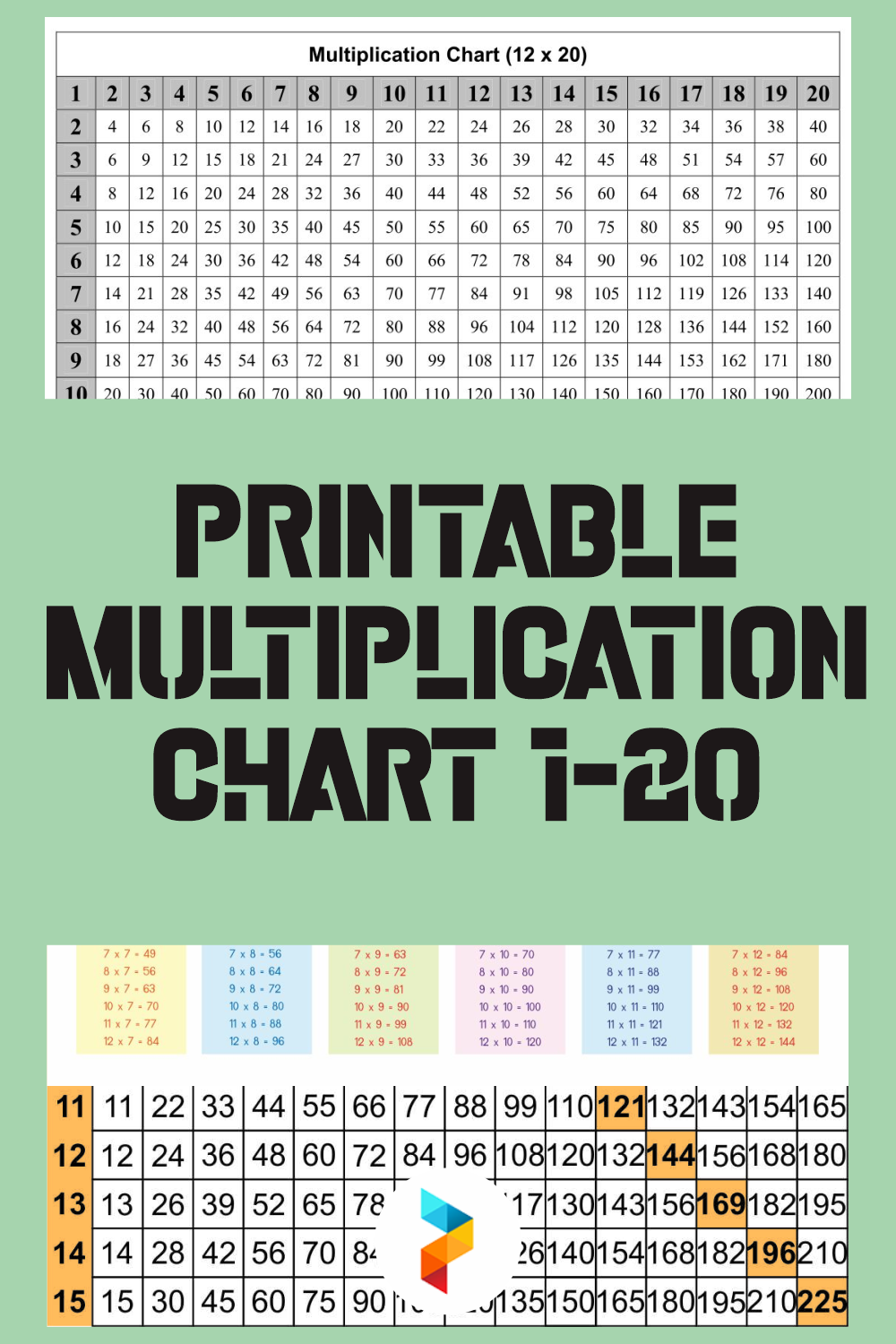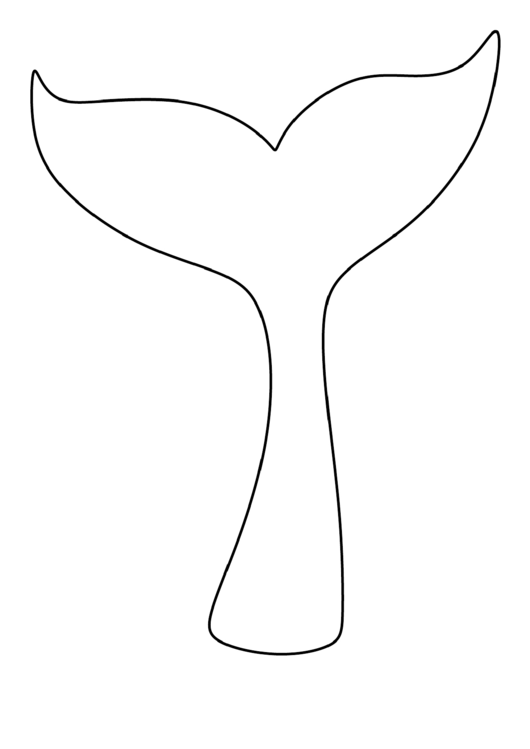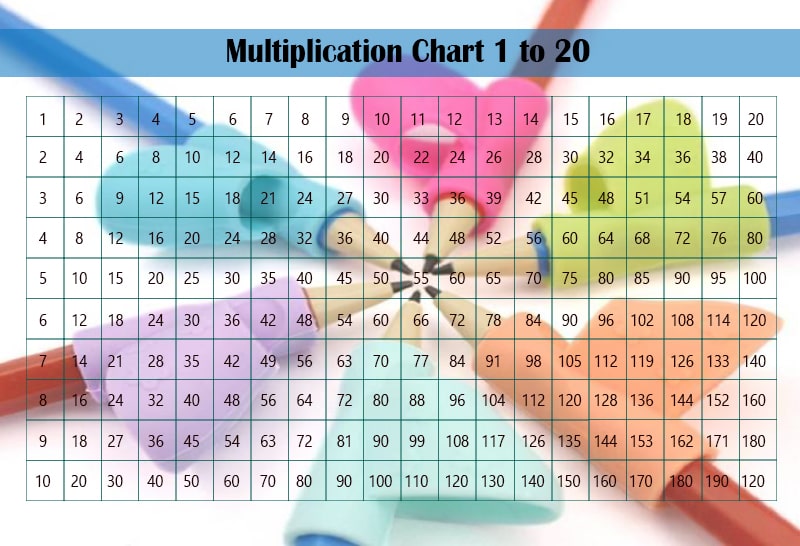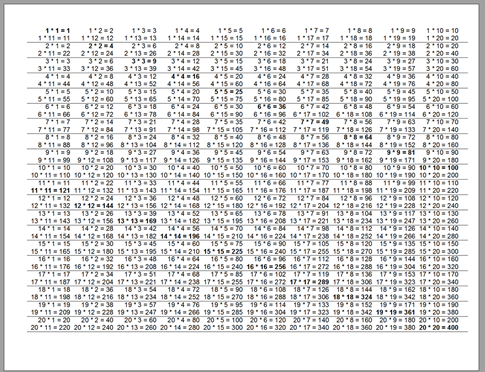

There is nothing smarter than being dependent on one’s own memory.

Memorising Tables Hike Up Memory Power and Confidence. They not only develop the idea of even numbers and odd numbers by noticing the frequent arrival of even numbers in two’s table but also learn the technique of skipping numbers. Similarly, on observing patterns like 2x1=2, 5x1=5,9x1=9, etc, they confirm the idea of multiplicative identity where any number on getting multiplied by 1 remains the same. This enhances the observation skill of a child. On noticing these patterns repetitively they conclude that any number multiplied with other number results the same when the numbers are multiplied the other way round. While learning tables they come across a lot of patterns like 2x3=6 and also 3x2=6. Kids' brains are fresh and so it is more open to observations. Learning Tables Enhance the Pattern Learning Skills The process of memorising and recollecting is a challenging task for kids, thus the more they memorise the more their brain focuses on retaining different fragments of information and thus grows and becomes sharper. The cells in the brain start communicating by observing a pattern and the tiny connections in the brain actually start growing and multiplying. Researchers have found that a child’s brain gets activated when it observes a pattern. Learning tables involves the exploration of the computational pattern of numbers, formed when they are multiplied. Slowing down to type numbers into a calculator will actually cause them quite a bit of frustration-so a little hard work upfront will prevent problems in the future.Memorising is a standard form of intelligence that boosts the power of acquiring knowledge. Additionally, multiplication lays the foundation for division, algebra, and many other concepts that will come down the road as they get older. (Think of shopping, bill paying, taxes, investments, loans, etc…).

Multiplication is a necessary life skill, and your children will need to calculate daily mental math with speed to make quick decisions. This is actually a great question! With the world at our fingertips, and the calculators in our pockets, why even teach multiplication facts to begin with? For me personally, as a homeschooling mom, the answer was simple: LIFE.

However, in more formal learning programs, students begin multiplication table memorization in the 3rd grade. Students as young as kindergarten can start practicing their x10 facts as soon as they can count to 100, because they are able to recognize simple number patterns on the hundreds chart. Learning multiplication times tables doesn’t have be for older students only.


 0 kommentar(er)
0 kommentar(er)
